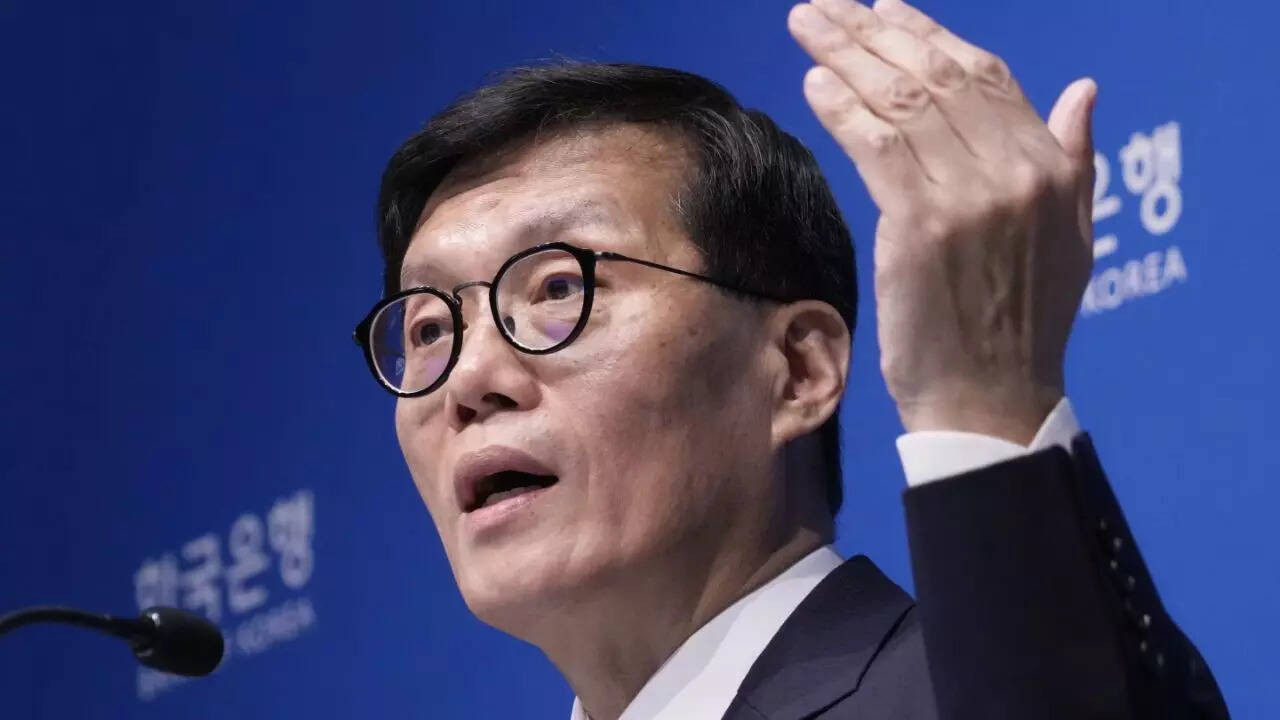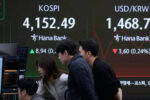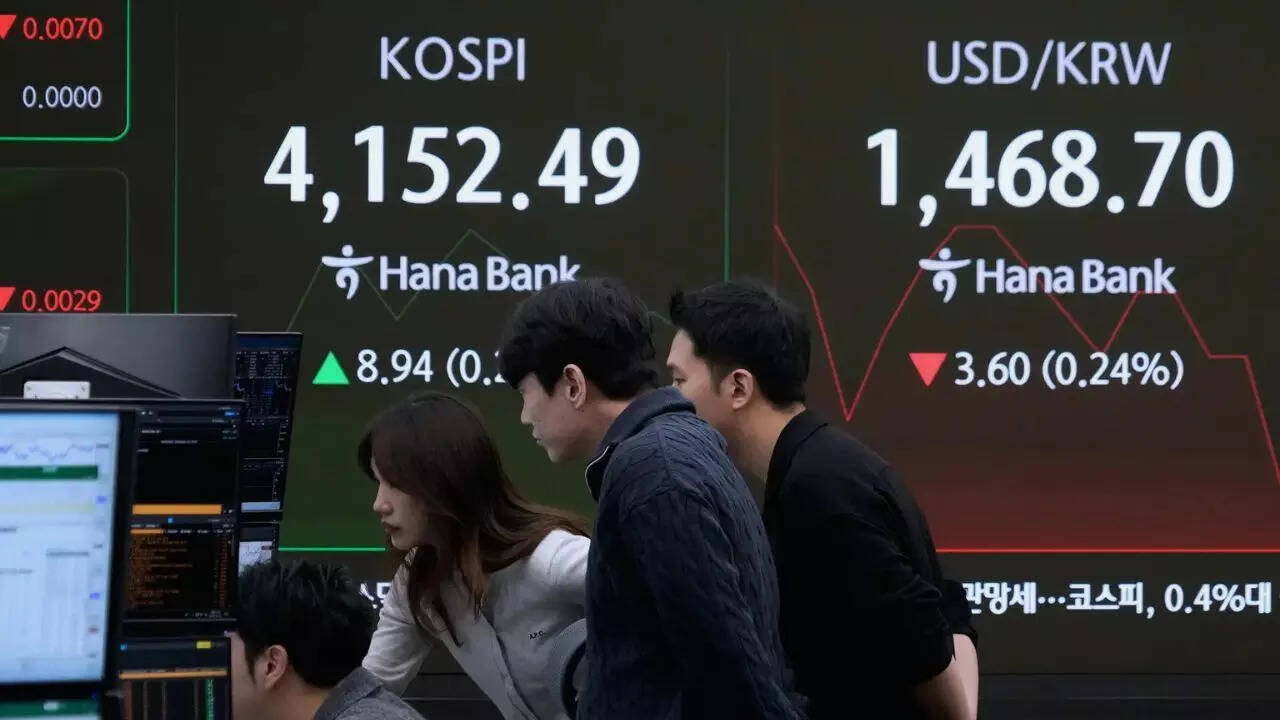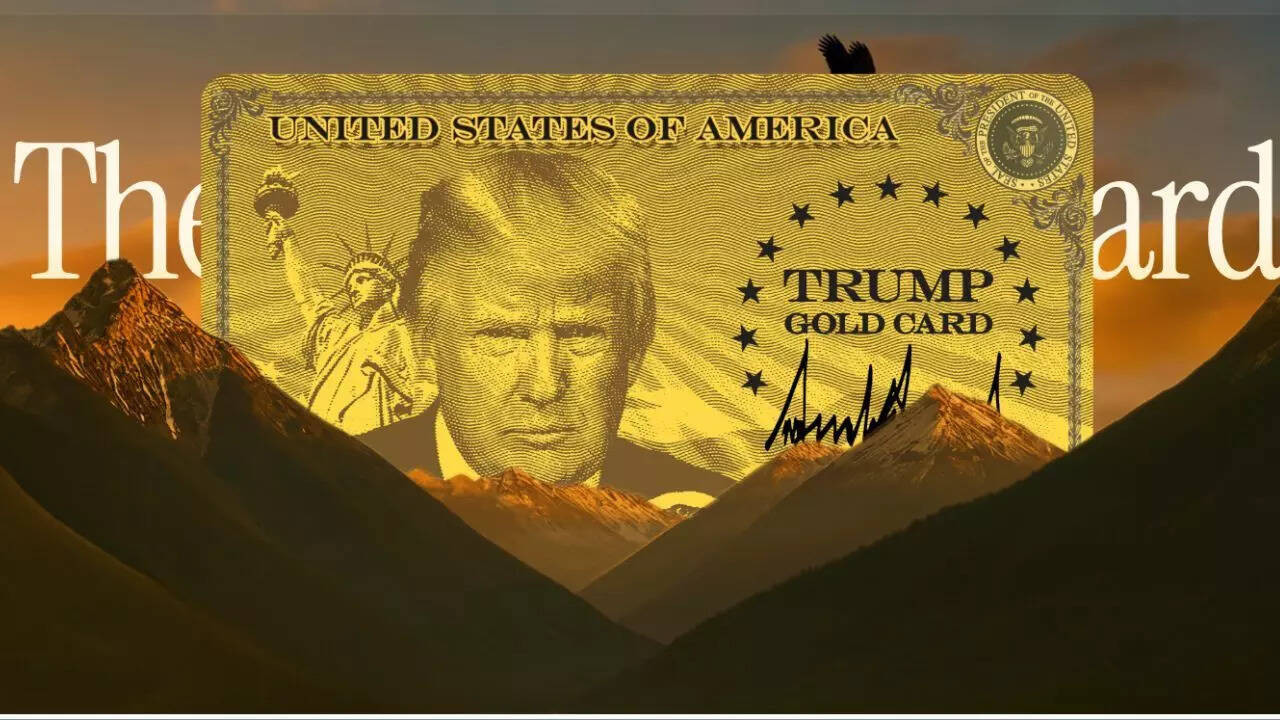South Korea’s central bank has lowered interest rates to bolster its export-driven economy, responding to pressures from the US tariff war. The Bank of Korea also significantly reduced its annual growth forecast to 0.8 percent, reflecting rising global uncertainties and lower-than-anticipated first-quarter growth. This rate cut brings lending rates to their lowest level since October 2022.
Korea’s Got the Blues: Rate Cut Signals Economic Headwinds
Okay, let’s talk about South Korea. Not the K-Pop kind, although that’s certainly a major export, but the economic powerhouse. They just did something pretty significant: the Bank of Korea (BOK) sliced its benchmark interest rate. Not a huge shock, perhaps, but definitely a signal of the pressures bubbling beneath the surface of Asia’s fourth-largest economy.
Why should you care? Well, South Korea’s a bellwether. They’re plugged into global supply chains like few others, exporting everything from semiconductors to sleek, stylish cars. What happens there often gives us a peek at what’s coming down the line for the rest of us. Think of it like this: if your neighbor starts putting up storm shutters, it might be a good idea to check the weather forecast.
So, why the rate cut? The official line is to “spur economic growth” and “stabilize inflation.” Translation: things aren’t exactly sunshine and rainbows. The BOK is facing a tricky balancing act. On one hand, they’re trying to juice the economy. On the other, they’re wary of letting inflation run wild. Rate cuts make borrowing cheaper, which theoretically encourages businesses to invest and consumers to spend. It’s a classic move from the central banking playbook.
But behind the official statements, the real culprit is probably the looming shadow of global trade tensions, particularly the ongoing tariff war initiated by the Trump administration. Let’s be honest, “tariff war” sounds like something out of a history book, not a modern economic reality. But here we are. These tariffs, aimed primarily at China, ripple outwards, impacting everyone involved in the complex dance of international trade – and South Korea is right in the thick of it.
Think about it: South Korea exports a lot of components and materials to China, which are then used to manufacture finished goods destined for the US market. Tariffs on those finished goods mean less demand for those Korean-made components. It’s a domino effect. And the BOK clearly sees this as a significant threat to its economic outlook.
This isn’t just about abstract economic theory, either. It’s about jobs, investments, and the overall prosperity of the Korean people. A slowdown in exports can lead to job losses, reduced investment, and a general sense of economic uncertainty. Nobody wants that.
Now, South Korea isn’t alone in feeling the pinch. Central banks around the world are grappling with similar challenges. The US Federal Reserve, for example, has also been carefully considering its monetary policy in the face of global uncertainties. The question is: are these rate cuts enough to truly offset the negative impact of the trade war?
That’s the million-dollar question, isn’t it? Some analysts might argue that the BOK’s move is a necessary, albeit potentially insufficient, response. Others might suggest that it’s just a Band-Aid on a deeper wound. The truth likely lies somewhere in between.
What’s interesting is how this plays into the bigger picture of global power dynamics. The US, under Trump, seemed to be flexing its economic muscle, attempting to reshape global trade relationships to its perceived advantage. But these kinds of actions often have unintended consequences, creating ripples of uncertainty and impacting economies far beyond the initial target.
Ultimately, the BOK’s decision to cut interest rates is a clear signal that South Korea is feeling the pressure of these global economic headwinds. It’s a reminder that in an interconnected world, even seemingly distant disputes can have a tangible impact on our own lives. Whether this move will be enough to keep the Korean economy sailing smoothly remains to be seen, but one thing is for sure: the global economic waters are getting choppier, and everyone needs to be prepared for a potentially bumpy ride. Keep an eye on South Korea; their economic performance will tell you a lot about the state of the global economy in the months to come.
📬 Stay informed — follow us for more insightful updates!







